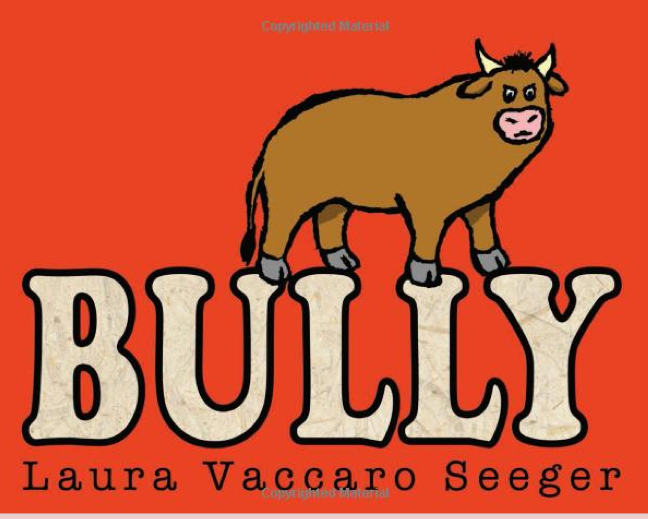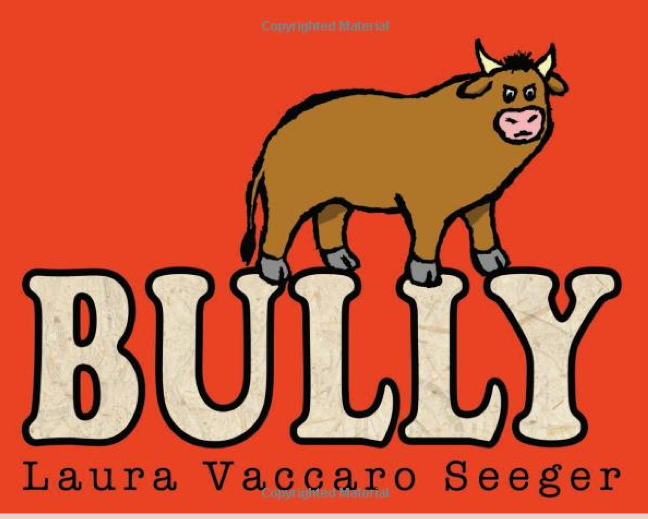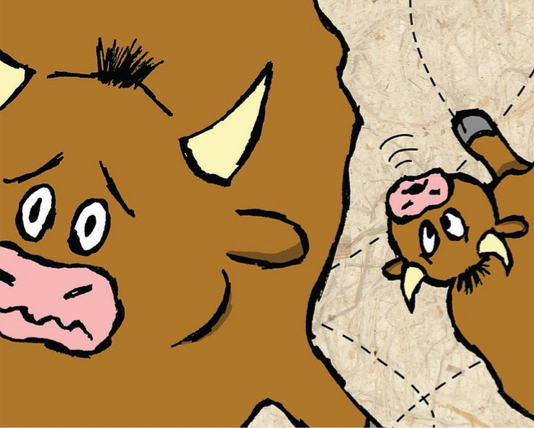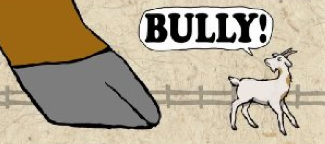 The concept of bullying can be hard for young elementary students to understand. They clearly recognize when something is mean, but once introduced to the word “bullying,” tend overgeneralize the term. Before you know it, everything becomes “bullying,” even small conflicts in which both participants share equal responsibility! In order to help kids understand what bullying is, you have to provide them with a definition. But figuring out how to translate “is done on purpose to hurt, happens over and over, involves an imbalance of power, AND is upsetting” can be a challenge for the little ones.
The concept of bullying can be hard for young elementary students to understand. They clearly recognize when something is mean, but once introduced to the word “bullying,” tend overgeneralize the term. Before you know it, everything becomes “bullying,” even small conflicts in which both participants share equal responsibility! In order to help kids understand what bullying is, you have to provide them with a definition. But figuring out how to translate “is done on purpose to hurt, happens over and over, involves an imbalance of power, AND is upsetting” can be a challenge for the little ones.
In our first grade bullying prevention unit, we work hard to help the kids learn how to tell the difference between mean and bullying behaviors. (You can read more about how we teach bullying prevention to first graders in my post Brave, Bold First Graders.) We’ve adapted the definition to be more developmentally appropriate, so the first graders learn that a situation is bullying when:
- mean behavior happens over and over, OR
- a group is being mean to an individual, OR
- it involves a threat
It works (with a lot of reiteration over several lessons) for first graders, but finding a good way to help kindergartners truly understand this concept has eluded me, so we’ve mainly focused on the important building blocks of developing empathy, friendship, and problem-solving skills. But last week – ta-da – I stumbled upon a great new resource. I got kind of ridiculously excited, right there in the public library!
 Bully by Laura Vaccaro Seeger tells the story, in very few words and simple but compelling pictures, of a small bull who has been told “GO AWAY” by a bigger, angry-looking bull. He looks sad and scared, but then, when asked to play, is mean to his friends. The meanness continues and turns into bullying when he starts calling the other animals names and taking a threatening stance. With each unkind action, the bull grows larger and larger until only part of him still fits on the page. All his friends run off, but when the goat stands up to him, telling him he’s being a bully, the bull realizes that he doesn’t want to continue acting that way. Like a balloon releasing it’s air, he shrinks back down to his normal size and tearfully apologizes and makes amends to his friends.
Bully by Laura Vaccaro Seeger tells the story, in very few words and simple but compelling pictures, of a small bull who has been told “GO AWAY” by a bigger, angry-looking bull. He looks sad and scared, but then, when asked to play, is mean to his friends. The meanness continues and turns into bullying when he starts calling the other animals names and taking a threatening stance. With each unkind action, the bull grows larger and larger until only part of him still fits on the page. All his friends run off, but when the goat stands up to him, telling him he’s being a bully, the bull realizes that he doesn’t want to continue acting that way. Like a balloon releasing it’s air, he shrinks back down to his normal size and tearfully apologizes and makes amends to his friends.
 There is a lot to love about this book!
There is a lot to love about this book!
It very clearly illustrates the definition of bullying:
- The bull purposely tries to hurt his friends by calling them mean names.
- He does it over and over.
- The targets are upset, which you can see by their facial expressions and body language.
- The imbalance of power is made explicit by the way he grows larger and larger each time he does something mean.
It also makes other important concepts clear:
- Meanness, if not stopped right away, can turn into bullying.
- Giving in to bullying does not make it stop.
- Standing up to bullying gets it to stop.
- When others think of you as a bully it does not feel good.
- Apologizing if you have been mean and being friendly helps you feel better.
- People who bully others may be doing it because others have been mean to them, and they may not realize it.
- Standing up to people who are bullying is a way to help them recognize what they are doing and help them be friendlier and feel better.
 Like so many other picture books for young children, Bully is also a great resource to use with older kids. I will be taking it with me to fifth grade this week, where I will have the kids use it, along with some other picture books, to help them think about why bullying occurs, what stops it, and why bullying prevention programs should target “bullying behavior” and not “bullies.”
Like so many other picture books for young children, Bully is also a great resource to use with older kids. I will be taking it with me to fifth grade this week, where I will have the kids use it, along with some other picture books, to help them think about why bullying occurs, what stops it, and why bullying prevention programs should target “bullying behavior” and not “bullies.”
Here’s a preview. I bet you’re going to be as excited as I am about this book!
You might also be interested in:
Goodbye Bully Machine, Hello Integrated Learning!
Sexual Abuse Prevention Lessons for Kindergarten

Trackbacks/Pingbacks